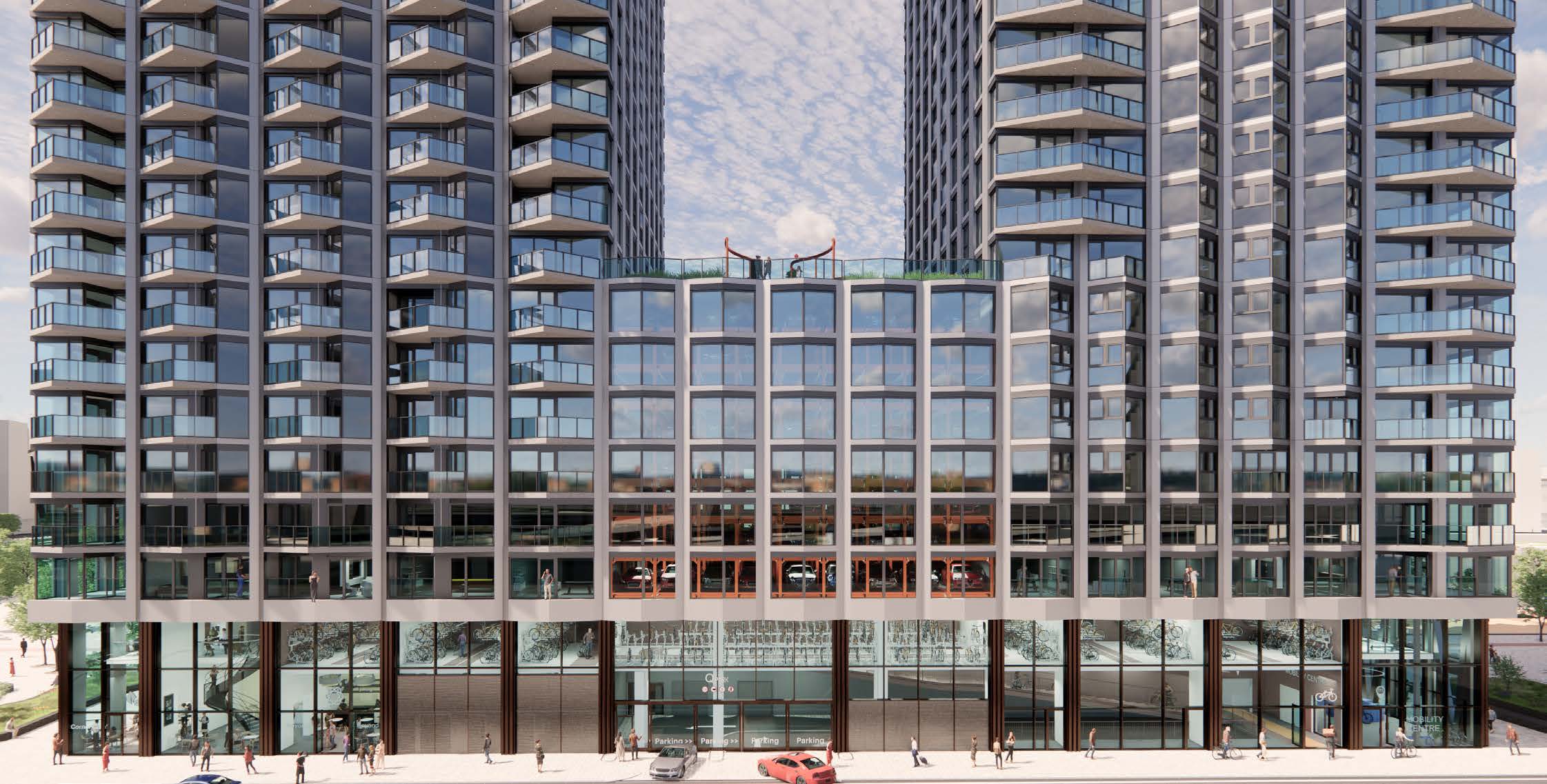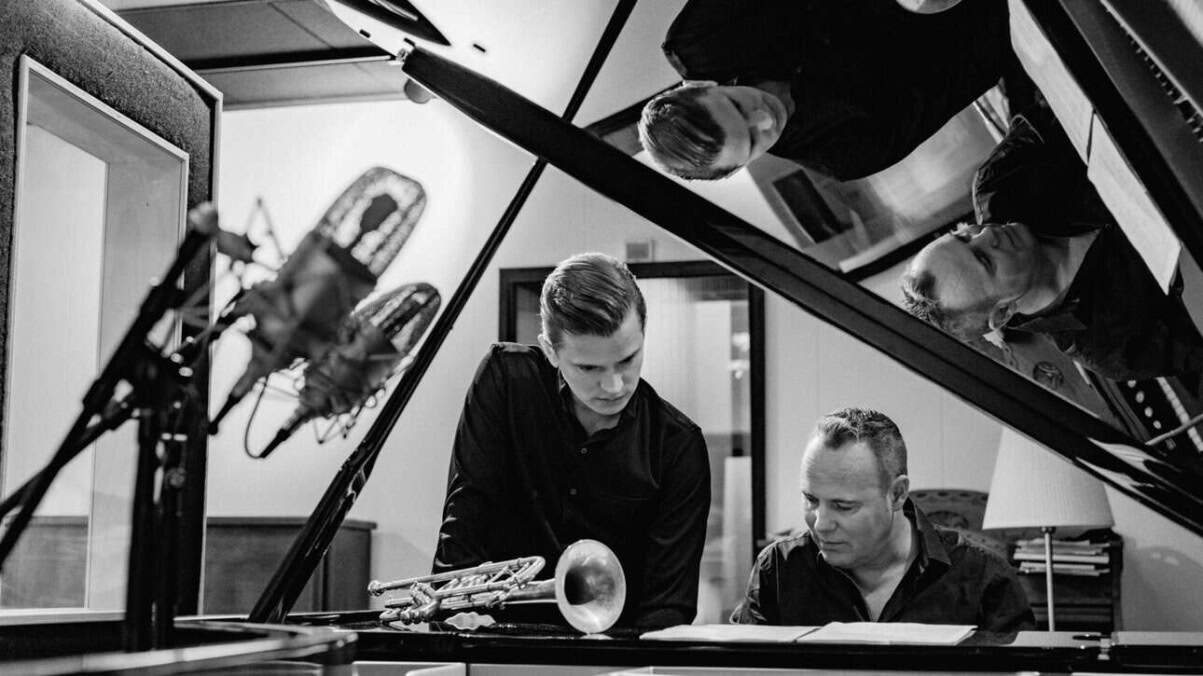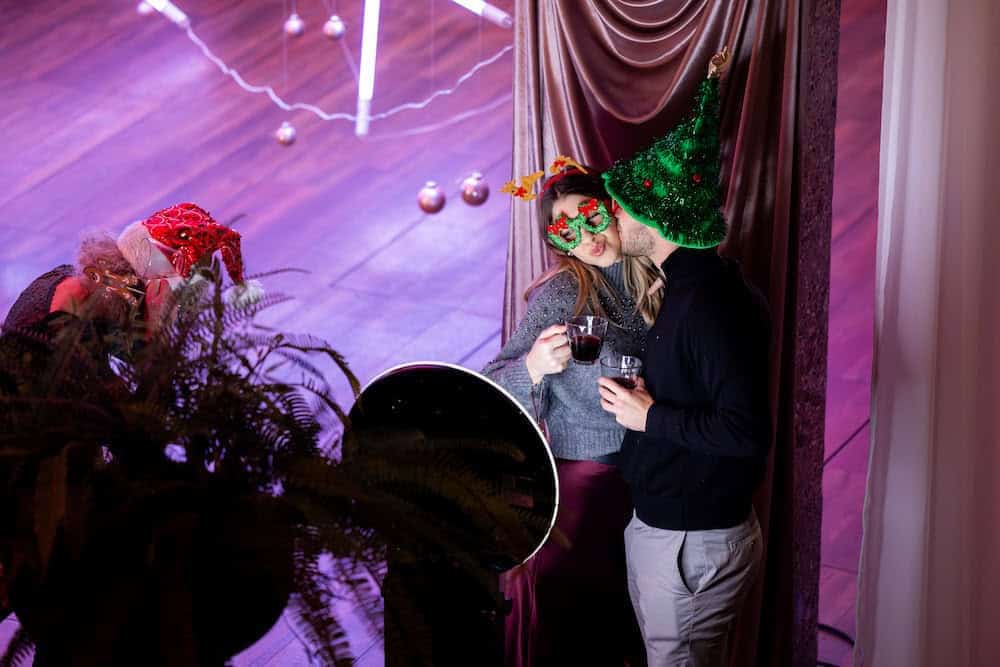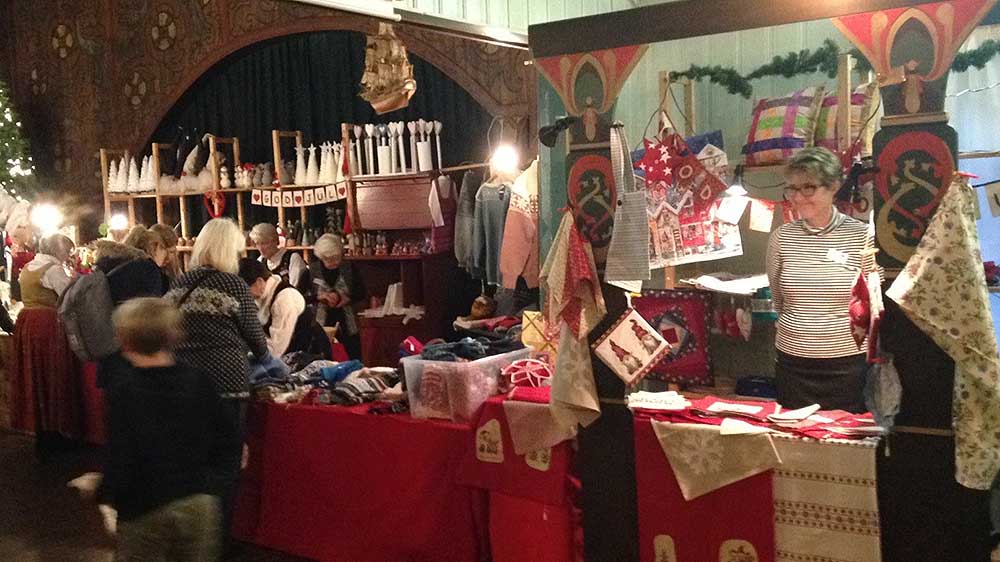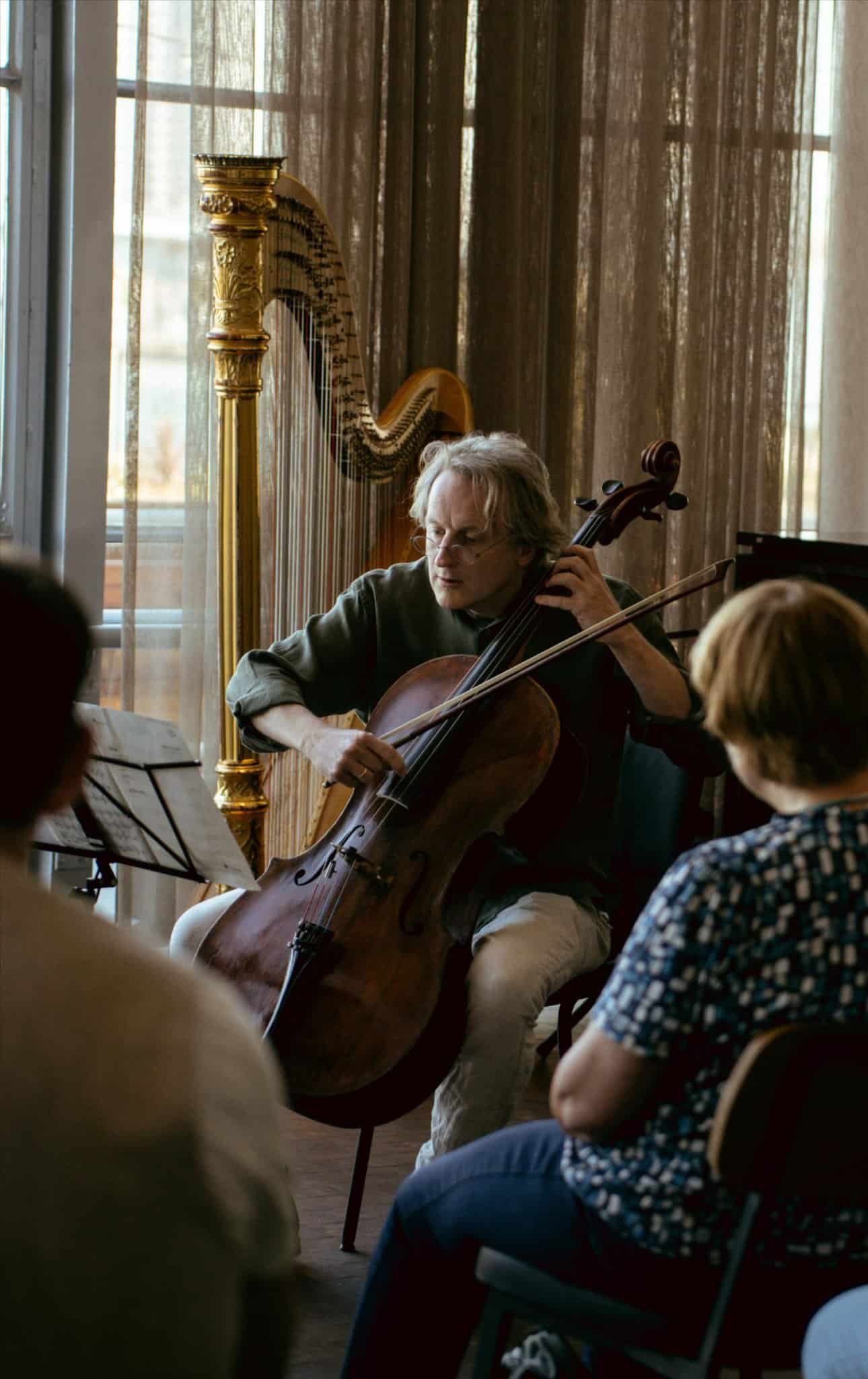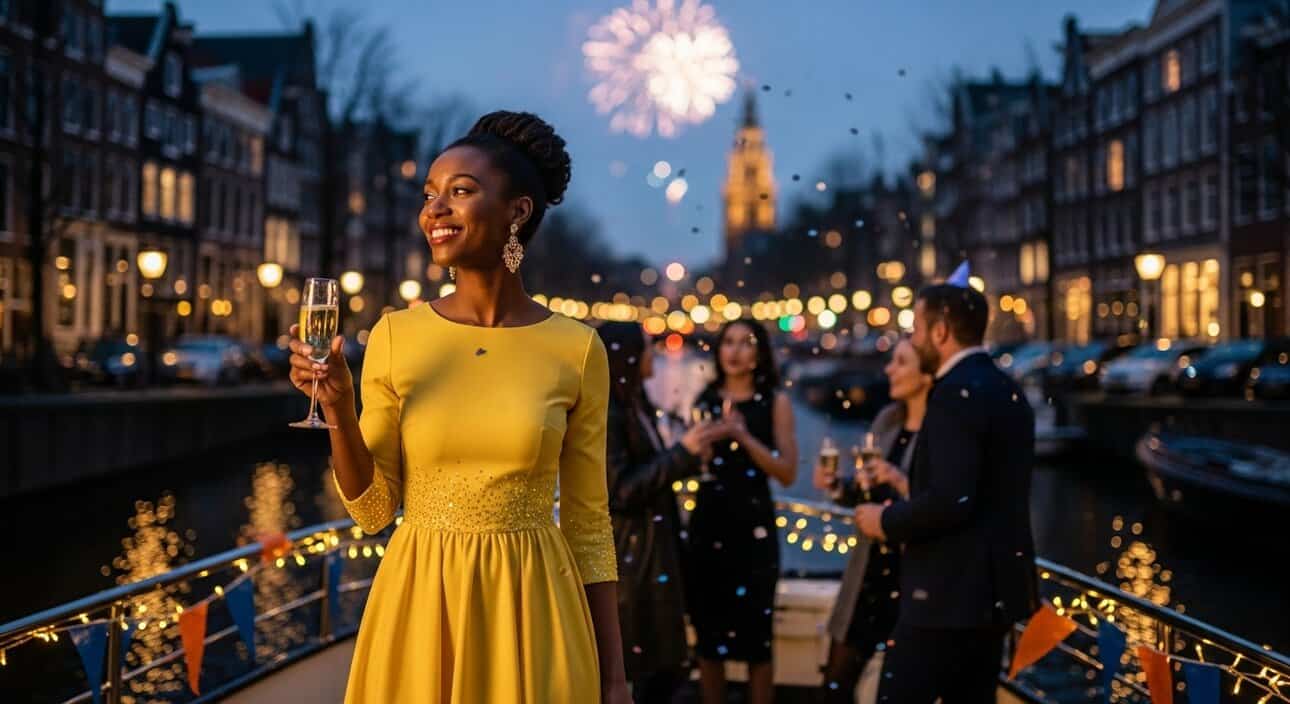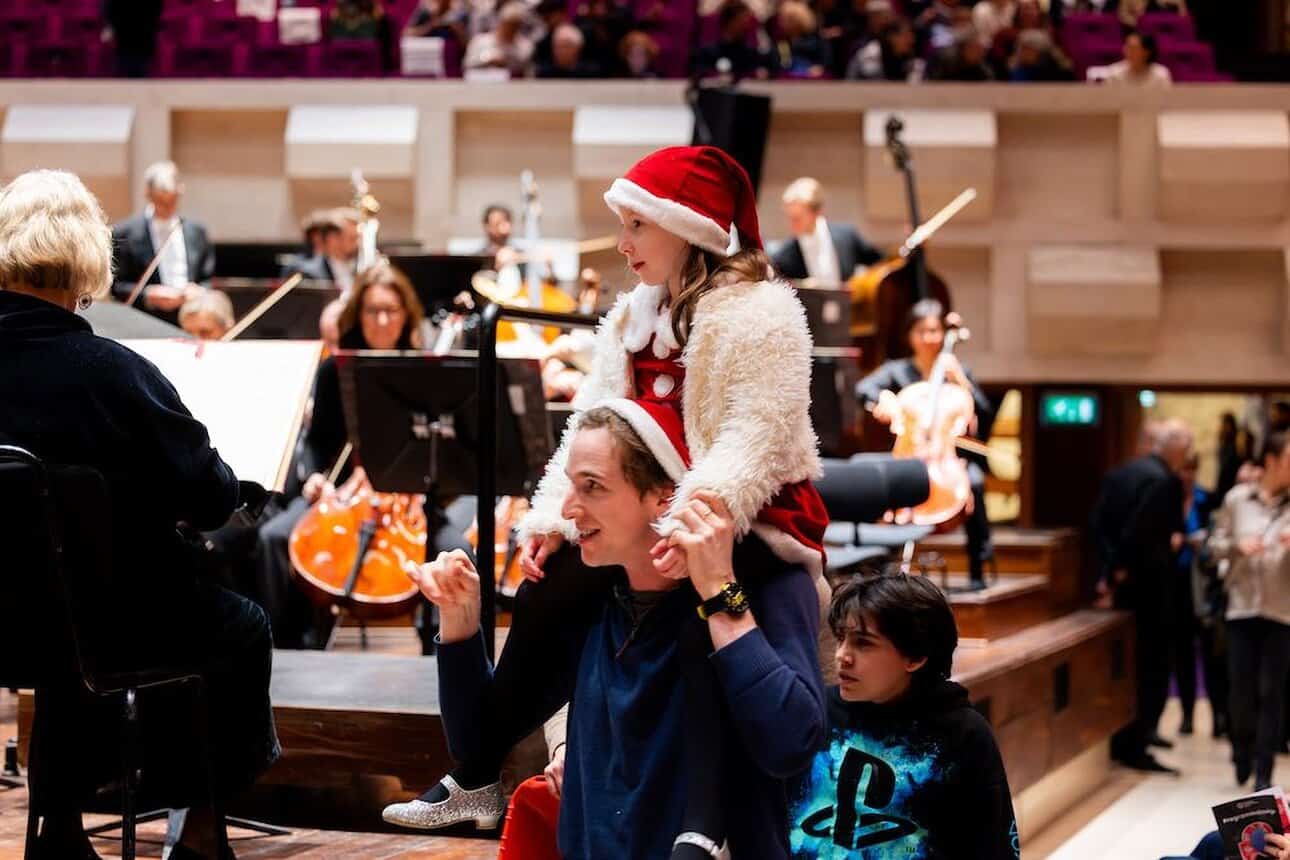How does a train station become a city's defining feature? Rotterdam Centraal offers more than transit—it tells a story of resilience, modernity, and sustainability. What makes it such a cultural and architectural landmark?
Rotterdam Centraal station is not just a point of transit. It is an emblem of Rotterdam’s drive to rebuild, innovate, and look forward. Located at the heart of one of Europe’s most dynamic cities, the station is a marvel of design, sustainability, and urban integration. More than a railway hub, it serves as a symbol of a city that rose from wartime devastation to redefine itself as a centre of bold architecture and green thinking. Its transformation over decades showcases the power of infrastructure to reflect the character and aspirations of a place.
A history born of necessity
After the Second World War, Rotterdam lay in ruins, and rebuilding became a pressing challenge. Among the many projects to rise from the ashes was the original Rotterdam Centraal, designed by Sybold van Ravesteyn and completed in 1957. This station replaced Delftse Poort, which had been obliterated in the Rotterdam Blitz. The post-war design was utilitarian, focused on restoring connectivity and functionality. But even then, the station became a key player in the Dutch railway network, and its importance only grew with the inauguration of the Netherlands’ first metro line in 1968, linking the city’s northern and southern halves.
By the turn of the 21st century, however, it was clear that the station had outgrown its post-war identity. Rotterdam’s resurgence as a global city meant passenger numbers were soaring, and the old structure simply couldn’t keep up. A bold redesign was required—not just to expand capacity, but to create a station that matched Rotterdam’s new image as a leader in innovation and sustainable urban development.
 Previous Rotterdam Centraal Station. Photo credit: Schotanus
Previous Rotterdam Centraal Station. Photo credit: Schotanus
A new vision
In 2004, the transformation of Rotterdam Centraal began, helmed by Team CS, a partnership of Benthem Crouwel Architekten, MVSA Meyer & Van Schooten Architects, and West 8. The challenge was enormous: to build a facility capable of serving over 320,000 passengers daily by 2025 while keeping trains running and integrating the station with the city’s modern aesthetic. The project demanded cutting-edge solutions and a relentless commitment to sustainable design.
The result was unveiled in 2014 and has since become an icon. The new Rotterdam Centraal is a place where function meets beauty, with an architectural boldness that encapsulates the city’s ethos.
 View of Central Station and Stationsplein from the Manhattan Hotel, with the Groothandelsgebouw on the left and the RET tram stops on the right. Photo credit: Ossip van Duivenbode.
View of Central Station and Stationsplein from the Manhattan Hotel, with the Groothandelsgebouw on the left and the RET tram stops on the right. Photo credit: Ossip van Duivenbode.
Architecture that inspires
Perhaps the station’s most striking feature is its asymmetrical stainless-steel roof, a dramatic gesture that appears to point towards the city’s bustling centre. This dynamic form doesn’t just look futuristic—it reflects the station’s purpose as a gateway to Rotterdam. The grand entrance on the city-facing side, framed by wood and glass, invites passengers into a spacious, light-filled hall where natural materials soften the imposing scale.
Inside, every detail is designed for both elegance and efficiency. The high ceilings flood the space with daylight, and the use of wood creates a warmth that contrasts with the sleek exterior. The layout prioritises flow, accommodating ticketing services, retail outlets, and waiting areas without ever feeling cramped. This seamless blend of practicality and design makes the station as comfortable for a quick commuter dash as for a leisurely visit.
Sustainability at its core
One of the station’s defining achievements is its environmental responsibility. Sustainability was a core tenet of the redesign, exemplified by the 130,000 solar panels integrated into the roof. These panels cover a vast 10,000 square metres, producing a significant portion of the station’s energy and reducing its carbon footprint. By embracing renewable energy, Rotterdam Centraal leads by example, proving that large-scale infrastructure can be both functional and eco-friendly.
Other green features include efficient energy use throughout the building and future-ready design elements that anticipate additional urban development around the station. The project set a benchmark for what sustainable transport hubs can achieve in an era where climate-conscious design is no longer optional but essential.
A hub for the city and beyond
Rotterdam Centraal isn’t just a local landmark—it’s a critical node in the European transport network. The station’s 16 platforms handle a mix of domestic and international rail services, including high-speed trains to Belgium, France, and the UK. Eurostar’s addition in 2020 introduced juxtaposed border controls, streamlining the process for travellers heading to Britain.
Beneath the main station lies a modern metro hub that connects Rotterdam to surrounding regions through the RandstadRail light rail system. By integrating multiple transport modes, the station ensures that travel within and beyond the city is straightforward.
 Photo by Lukas Boekhout on Unsplash
Photo by Lukas Boekhout on Unsplash
A welcoming experience
Rotterdam Centraal places as much emphasis on the passenger experience as on its logistics. The station’s main hall is a hive of activity, offering a range of shops, cafés, and essential services. Travellers can pick up groceries, withdraw cash, or relax in the NS International Lounge before boarding their train. Accessibility features ensure that passengers with reduced mobility can navigate the station easily. For many, the station is not just a transit point—it’s the start of their Rotterdam journey.
Blending past and future
While the station is forward-looking in every sense, it also nods to Rotterdam’s history. The original “CENTRAAL STATION” lettering and clock were reinstalled on the new facade, preserving a tangible link to its mid-century predecessor. Two granite sculptures from the old station, affectionately called “Speculaasjes,” now adorn the bike tunnel entrance. These thoughtful details ensure that Rotterdam Centraal honours its past even as it drives into the future.
A landmark for all
Rotterdam Centraal has become a cultural touchstone. Its photogenic architecture has made it a magnet for photographers, and its status as a modern masterpiece draws design enthusiasts from around the globe. Its sustainable design, architectural ambition, and cultural significance have made it a source of civic pride and a model for other cities to follow.

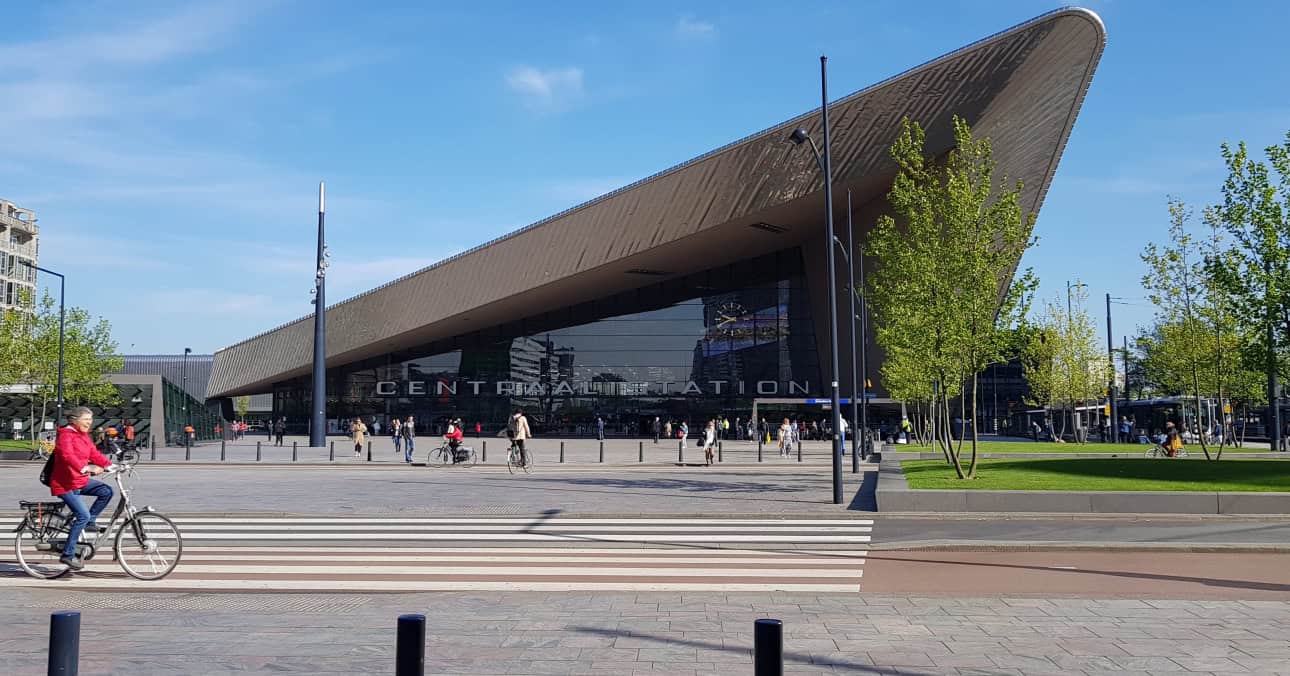
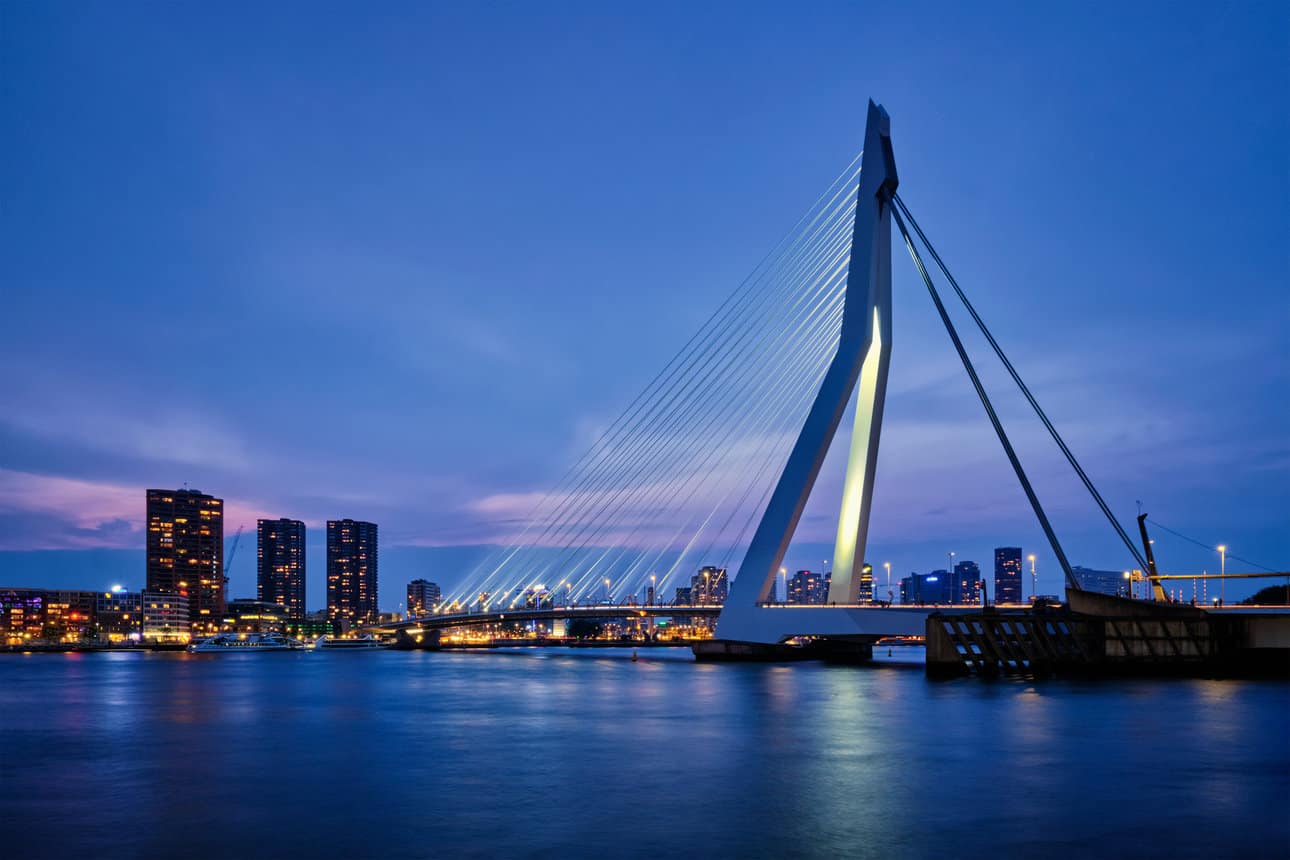
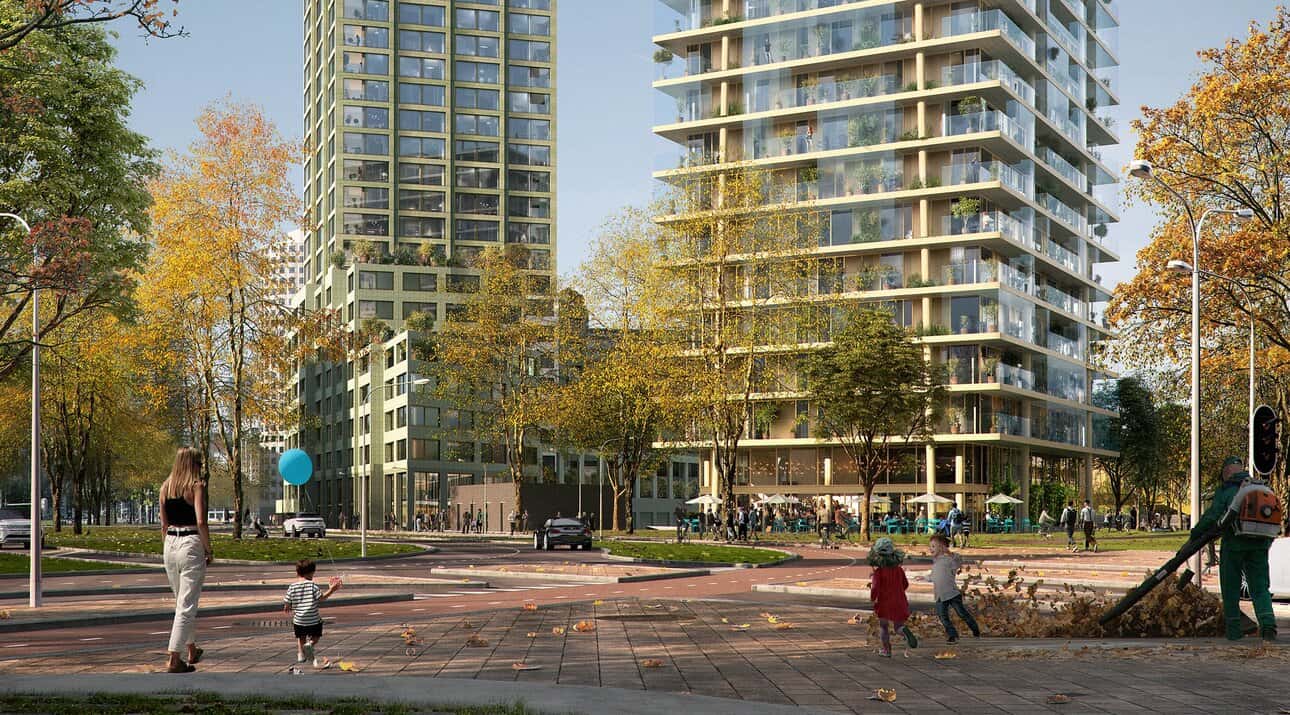
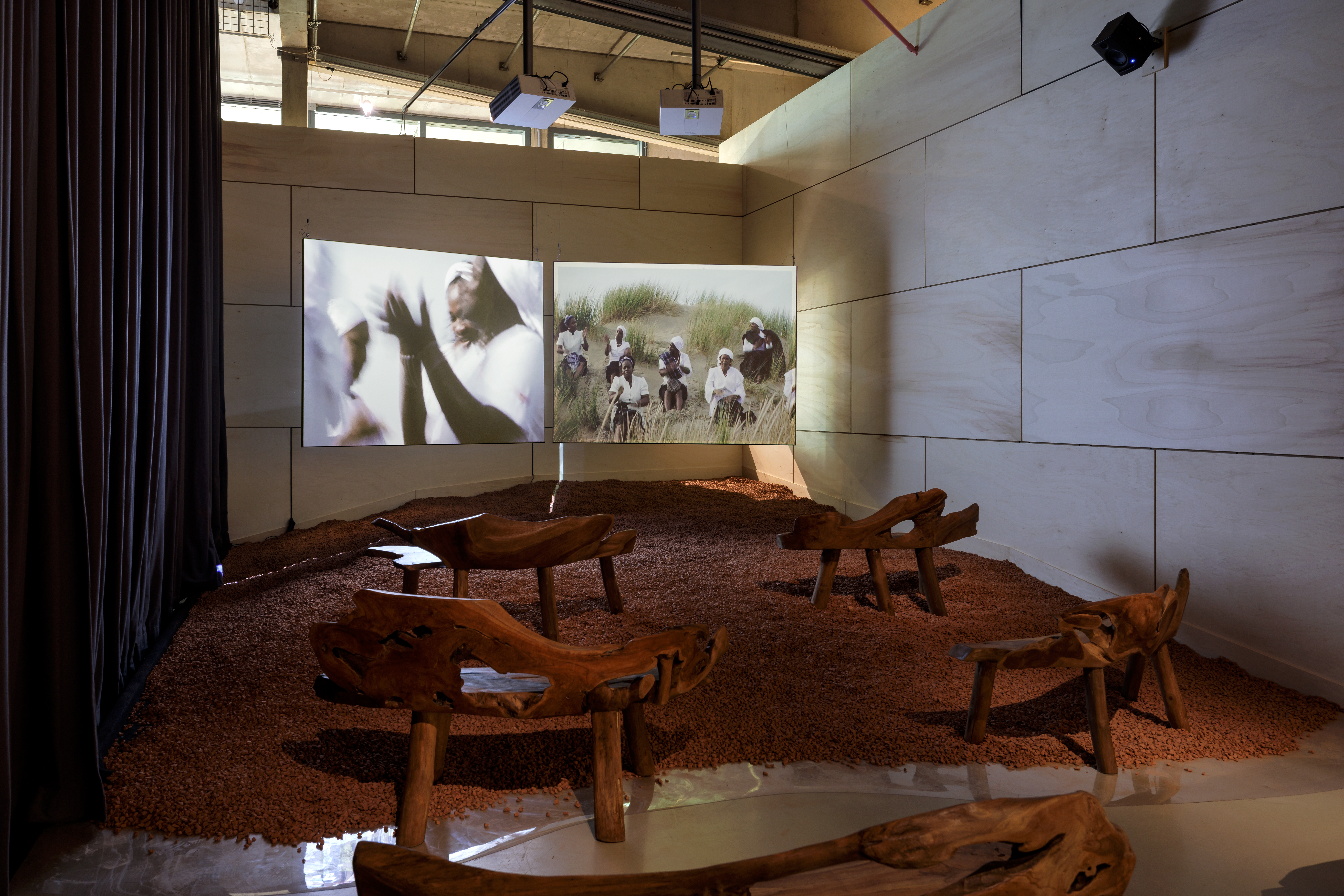
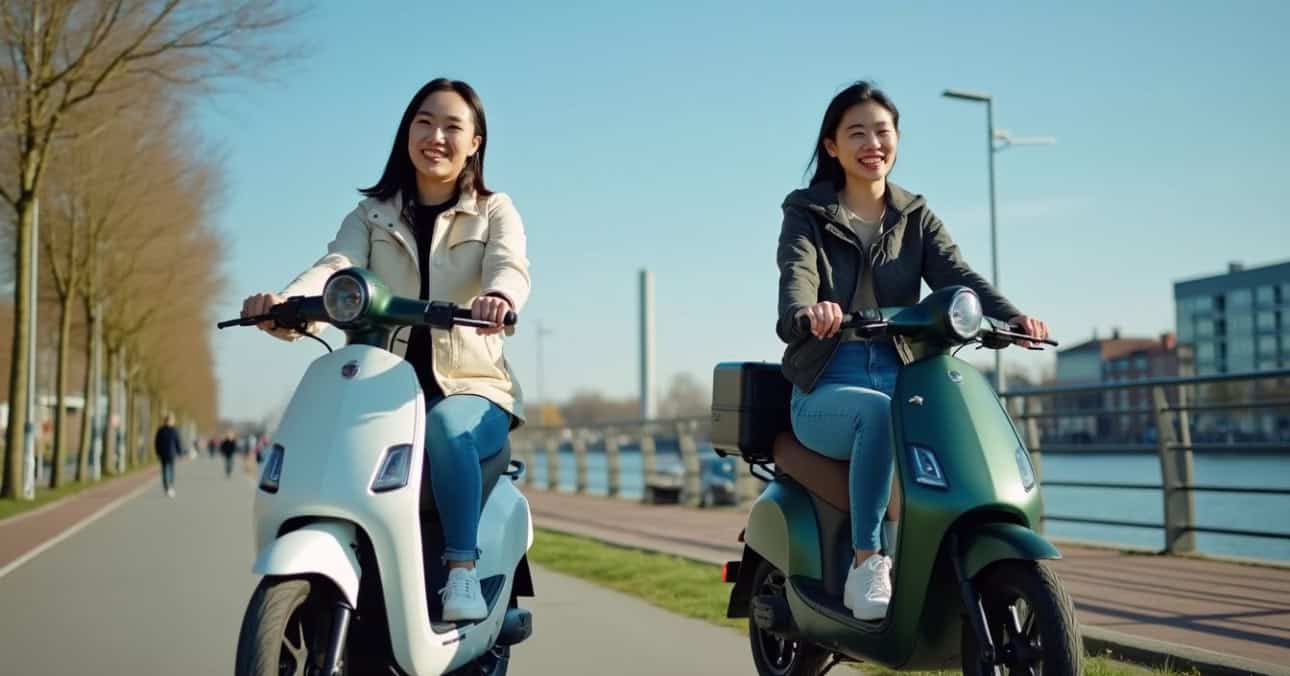
.jpg)
